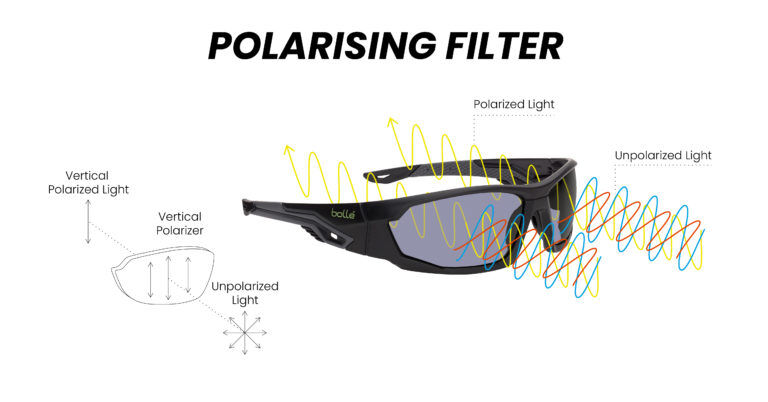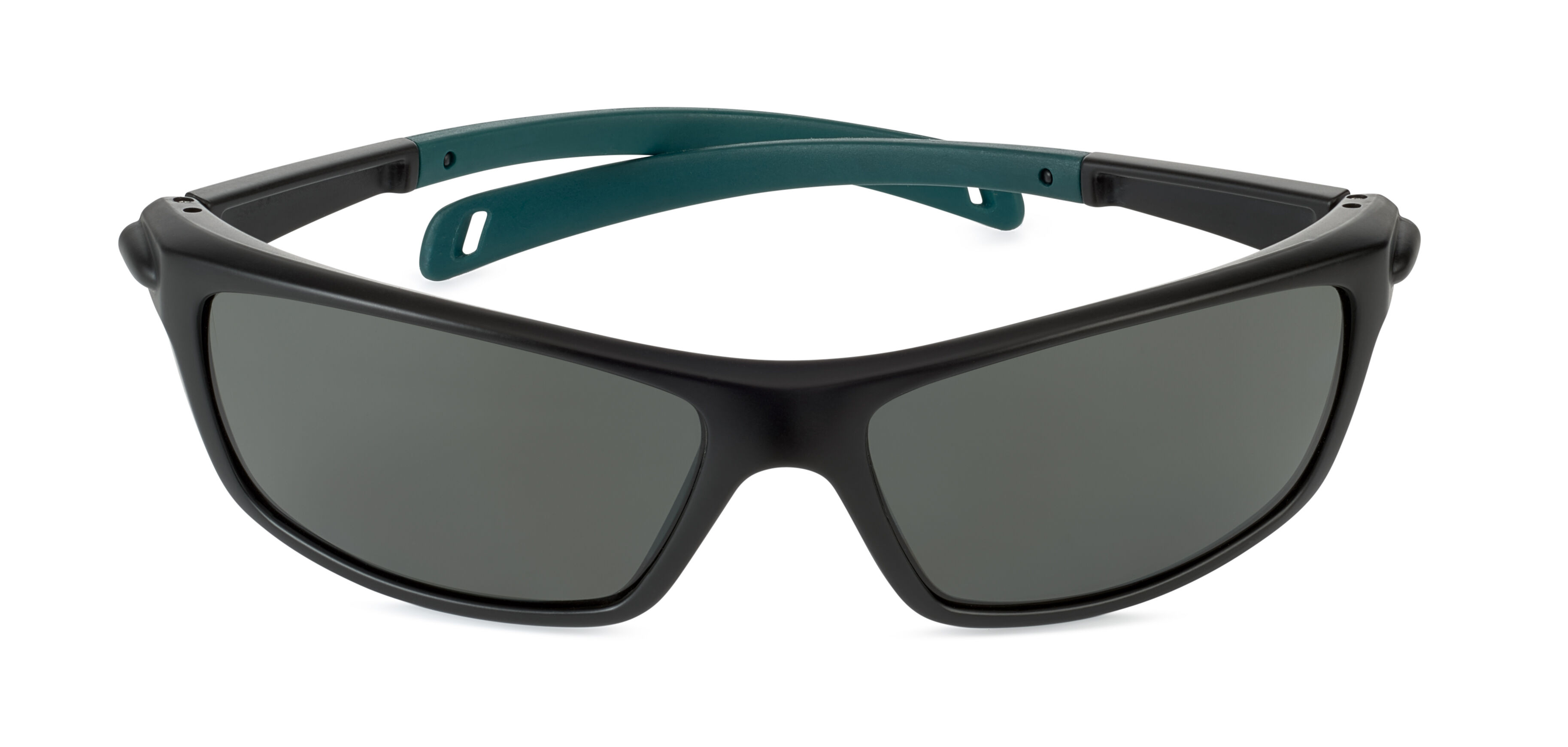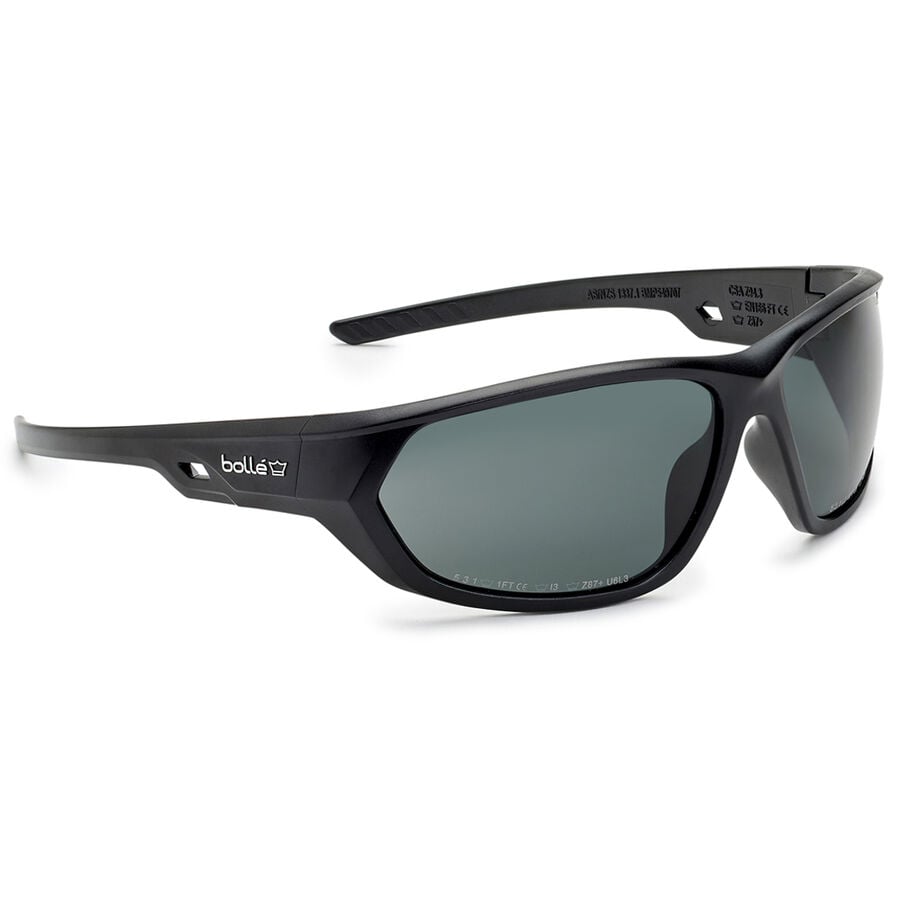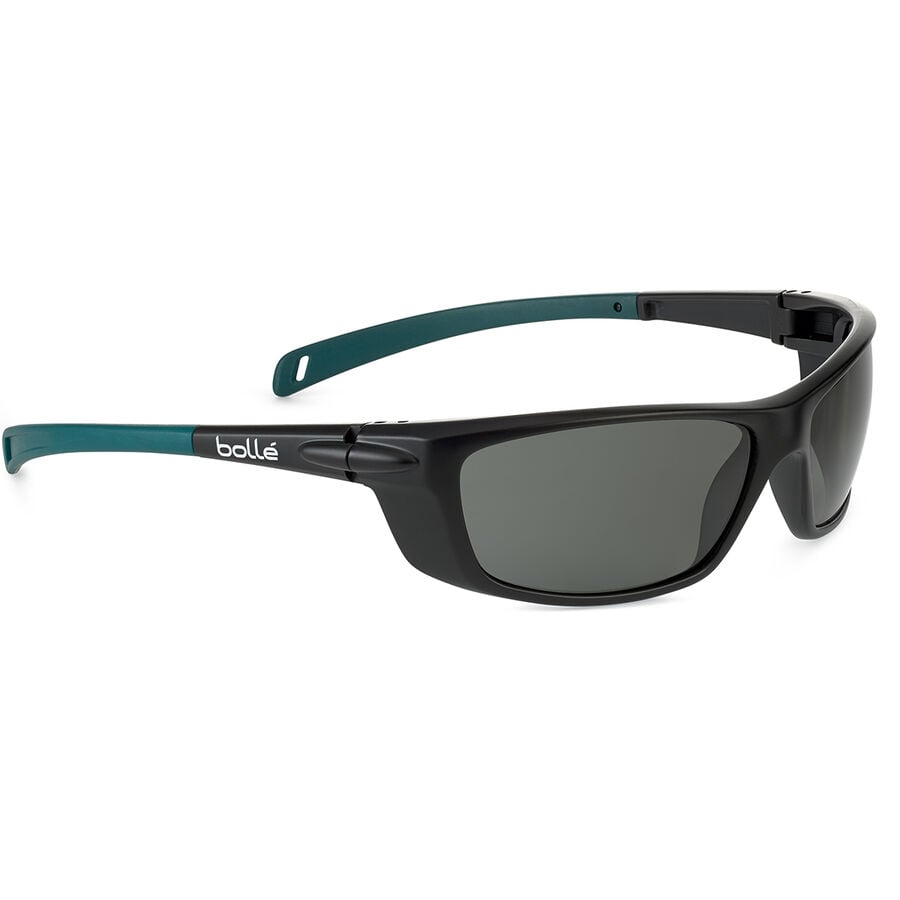Polarised eyewear has widespread use in Australia today, but where did polarised lenses originate, how do they work and how are they made? This article looks at the history and science behind polarised lenses.
What is Polarisation?
To understand how polarised safety glasses work, we need to understand polarisation. To understand polarisation, we need to understand a few basic things about light.
‘Normal’ light from the sun or a lamp consists of a series of waves of electromagnetic radiation. These are made up of electric waves and magnetic waves that travel in the same direction. However, despite travelling in the same direction, the waves don’t all ‘wave’ in the same direction: some wave up and down, others side to side, and at several different angles. This light is ‘unpolarised’ light.
Polarisation occurs when light waves hit a filter made up of long-chain molecules organised in the same direction. This filter only lets light waves of one direction through, blocking the rest. So, ‘polarised’ light consists of light waves that only wave in one direction. Polarised glasses work as a filter and reduce the total amount of light coming through to the eye, reducing brightness
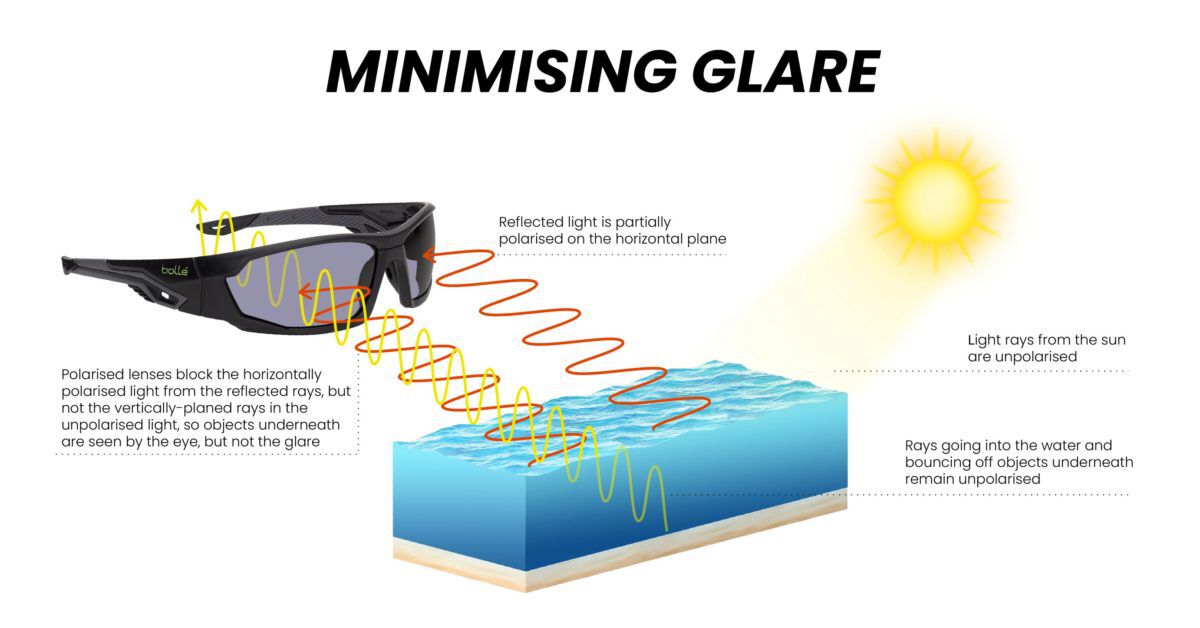
How Can You Tell if Your Glasses are Polarised?
A good way to check if your glasses are polarised is to hold the lens up to an LCD screen or a reflective surface and rotate the glasses 90%. Polarised lenses will appear lighter or darker as you turn them. Another test is to put two lenses together and rotate them so they are at right angles. If they are polarised, you will find no light comes through, as the lenses block both the vertical and horizontal light waves.
The Discovery of Polarisation
The concept of polarisation actually dates back to the Vikings, who used light and crystals for purposes of navigation. The scientific concept of polarisation began in the 17th century and was part of a series of findings about the properties of light. It was discovered that a single light ray could be split into two and that there was more than one wave in a light beam. Then, in 1808 Étienne- Louis Malus, a French Physicist discovered the concept of polarisation and Sir David Brewster further developed it.
From Polarisation to Polarised Lenses
The use of sunglasses can be traced back to the prehistoric era when Inuit people wore flattened walrus ivory glasses to block harsh sun rays. However, the earliest historical references date the use of sunglasses back to around the 12th century in China. Sunglasses were made from smoky quartz to protect eyes from glare and to hide facial expressions in court. From there, various incarnations of sunglasses were developed, but widespread use didn’t occur until the early 1900s with the rising of popular entertainment.
Polarised sunglasses were a later invention, following the invention of Polaroid in 1932 by Edwin H Land. He succeeded in lining up tiny crystals of iodoquinine sulphate and embedding them in a sheet of plastic, naming it a ‘Polaroid J sheet’. He joined forces with George Wheelwright iii, a Harvard Physics instructor, and in 1936 they developed and used several types of Polaroid material in sunglasses and other optical devices like camera filters. Thence came the birth of the polarised sunglasses and the Polaroid camera. From there, the use of polarised lenses in safety eyewear was an easy stretch.
How are Polarised Lenses Made?
Now that we understand how polarisation works, we can understand the properties a material must have to work as a polarising filter: it needs to include long-chain molecules arranged in the same direction. However, there are several different approaches used to make polarised lenses, with varying results.
The cheapest way is to laminate a polarised acetate or acrylic-based film between thin sheets of acrylic or acetate, then use heat to make a curved shape and cut the lens shape out. However, this often results in distortion of the lens and the material scratches easily.
Another method is via polycarbonate injection moulded lenses. Here, the polarised film is put into a mould and polycarbonate is injected around it. This is the most common approach used by sports brands like Bollé Safety, who favour polycarbonate because it is stronger and lighter than other materials. On the downside, polycarbonate can scratch easily, so an anti-scratch coating like Bollé Safety’s Platinum coating is useful for durability.
A third method involves inserting a layer of polarised film between layers of CR39, or ‘Columbia Resin #39’. CR 39 has an optical clarity almost as good as glass but is less likely to shatter. However, CR 39 is not as impact resistant as Polycarbonate, which is important in eyewear designed for safety and sport. CR 39 lenses also tend to be thicker, heavier and, unlike polycarbonate, are not inherently UV-protective and so must be treated with an additional UV-protective coating.
Glass can be used in the same way as CR-39 for optimum clarity and scratch resistance but does not have UV protection. It is also the least shatter-resistant, so should not be used in safety glasses designed for impact protection.
What is the Difference Between Sunglasses and Safety Glasses?
When choosing glasses for safety use, specialised safety glasses are recommended above normal sunglasses. Safety glasses are made to specific safety standards that normal sunglasses are not held to. Conversely, polarised safety glasses, such as Bollé Safety’s Baxter Polarised, are safety glasses that also act like sunglasses, so are particularly useful.
Who should Wear Polarised Lenses?
Polarised sunglasses and safety glasses have the same properties as their non-polarised counterparts, like UV protection and increased comfort and visibility. But, they also improve visibility and clarity when there is reflected light. Therefore, polarised eyewear is particularly useful when reflective surfaces are more common: maritime environments, water or snow sports, or outside on mines or construction sites. However, reflective surfaces are found in everyday settings; from roads or concrete or in your glass windscreens. As such, Polarised eyewear is useful to pretty much everyone.
There are a few instances where polarised eyewear is not ideal. In most settings, not seeing reflective light is preferred, but in some cases, like when driving on roads that might be icy, being able to see the reflection of light off the ice can prevent hazards.
Moreover, aeroplane windscreens are polarised, and so pilots should not wear polarised sunglasses as visibility will be reduced.

